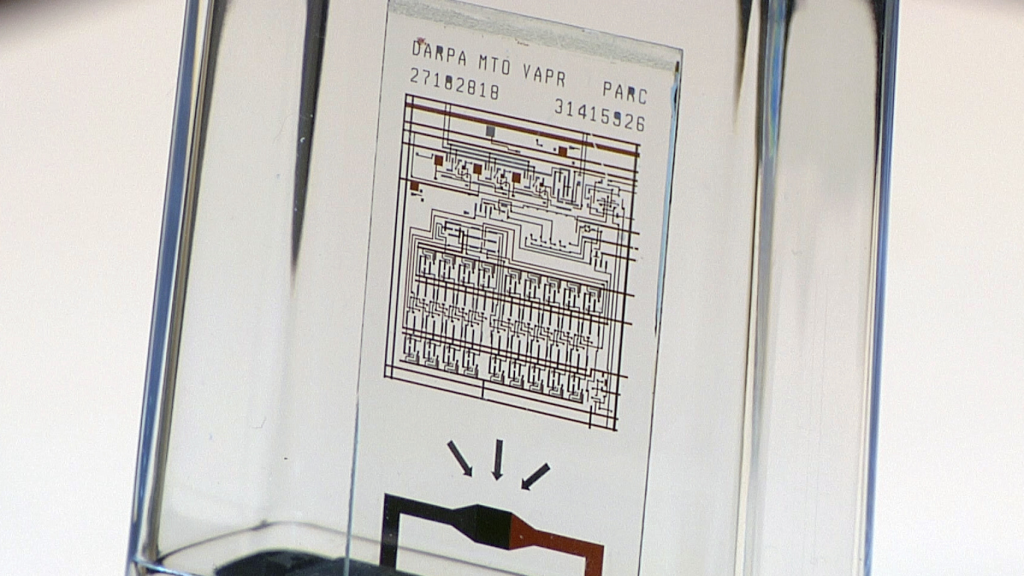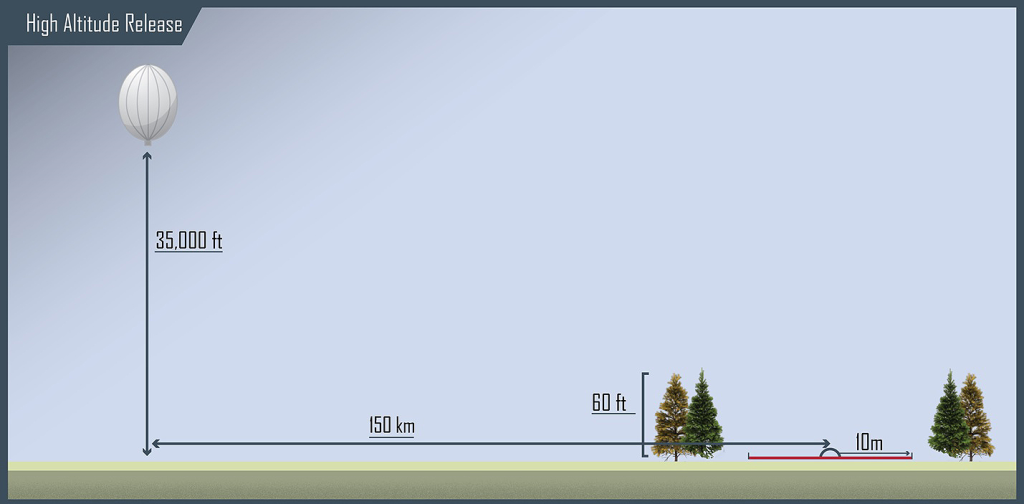Transporting supplies to emergency personnel and military teams that are based in difficult to access areas has been possible for quite some time. However, contemporary solutions require extra logistic efforts to realize the cleanup and disposal of the unmanned aircraft that accompanies the supplies. In order to eliminate this extra labor, the Defense Advanced Research Projects Agency (DARPA) initiated the ICARUS program.
Greek Mythology
One might know the name Icarus (Ikaros) from Greek mythology. Icarus was the son of Daedalus, and together they escaped imprisonment by implementing the principles of flight with self-made wings. Unfortunately, Icarus flew too close to the sun, causing the wax in his wings to melt, thereby losing all the feathers attached to it. As a result, Icarus plunged into the sea and drowned.
The tragic story of Icarus inspired DARPA to name their new project ICARUS (Inbound, Controlled, Air-releasable, Unrecoverable Systems). The goal of this project is to design single-use supply drones that automatically vanish after their job objective has been achieved, hence mimicking the disintegrating wings of young Icarus that led him to his death.
Disposal of supply vehicles
During military operations in hostile areas, it is critical for the military personnel to make sure that no supply vehicles are left behind. The main reason for this is to prevent technology from falling into the wrong hands thereby handing over critical intelligence to the hostiles. This means that the military teams have to put in extra effort in dismantling and transporting the supply vehicle. This process is time consuming and can be a hazard to the outcome of the operation. Furthermore, not only military but also medical personnel and rescue teams who are stationed in disaster prone areas are currently required to put in extra effort in cleaning up the supply vehicles.
This is why DARPA has started the ICARUS program. This program should result in the development of supply drones that can deliver payload to military or medical teams and then swiftly disintegrate, without leaving a visible trace. This will lead to military operations progressing more rapidly and thus having a higher chance of success. Furthermore, emergency personnel no longer have to be responsible for the disposal of the supply vehicles.
Cooperation with other projects
ICARUS can actually be seen as an application of one of DARPA’s other projects: VAPR (Vanishing Programmable Resources), where researchers are developing self-destructing electronics for medical and military purposes. The VAPR program has already led to astonishing results such as small polymer panels that can decay from solid to gas phase directly. These could be used as PCB’s or even as structural elements of the aircraft that immediately decay after being triggered to do so. Furthermore, another one of VAPR’s findings is the development of electronics bearing glass strips that can be triggered to shatter into minuscule particles. Moreover, DARPA has sponsored a team of engineers from the Palo Alto Research Center who created a chip that can explode on demand either by radio signals, heat or mechanical triggering.

To increase the collaboration between VAPR and ICARUS, Troy Olsson has been appointed as the project manager of both projects. Olsson believes that, with the progress made in VAPR, it became plausible to imagine building larger, more robust structures leading to using these materials for an even wider array of applications (Olsson, 2015). This led to the initiation of the ICARUS program, which is indicated to consist of two phases: lasting fourteen and twelve months respectively. The first phase includes the development of an aircraft that will meet the aviation and mission requirements, but without disintegrable (transient) materials. Subsequently, phase two consists of integrating transient materials with the design from phase one. The program already has approximately eight million dollars in funding (DARPA, 2015).
Transient requirements
DARPA is looking for cooperation with external organizations and has therefore published a broad agency announcement in October 2015, intended to bring in some engineering teams having innovative concepts. In this document the main purpose of the project and the minimal system requirements of the aircraft are described. It also includes some demanding requirements for the disintegration (transient) processes of the aircraft.
As an objective, DARPA requires the aircraft to “physically” disappear within four hours after payload delivery or within thirty minutes after morning civil twilight (when the sun is above five degrees below the horizon), whichever comes first. Physical disappearance is defined as the decomposition into particles that are smaller than 100 micrometers in their longest dimension. These particles are barely visible to the naked eye. Furthermore, the transient materials that will be used are not allowed to produce severe damage to the environment and the decomposition process must not be noticeable from a small distance. This means that burning or using explosives to get rid of the aircraft is out of the question.
A frequently used keyword related to triggering the disintegration is “fail-sure”. This may sound very counterintuitive to an engineer at first, but it actually describes the necessary mechanism of the triggers that activate the disintegration. The trigger system must be designed in such a way that it ensures that the materials complete the transient process, even when there is no communication possible between the operator and the aircraft. This guarantees the protection of critical intelligence that may be aboard the aircraft.
Avionic requirements
The mission of the aircraft is to deliver the payload to a predetermined location. Besides disintegration, this is also an important mission. The idea is to release the supply-aircraft from a larger aircraft that will be loitering at an altitude of about 35,000 feet. When released, the supply-aircraft must be able to travel at least 150 kilometers horizontally against an average headwind of 25 m/s and 8 m/s. This represents the wind conditions at the launch and landing zone, respectively. The aircraft will most likely be gliding because having a motor requires extra design effort in order to meet the transient requirements. Furthermore, the payload must be delivered to its target destination with an accuracy of at least ten meters and it should be able to do so fully autonomously.

Moreover, the aircraft must be designed in such a way that its proportions are less than three meters at maximum along its longest dimension, it can hold a payload that weighs at least three pounds and its dimensions must meet a set of different form factors. The latter will ensure that different types of military and medical equipment can be transported.
Other purposes
Although ICARUS is mainly initiated to fulfill military uses, the technology that may result from it could also serve other purposes. Think of bio-degradable civilian drones, tracking devices for endangered animals or even biomedical devices that can serve a certain purpose within the human body and subsequently dissolve once its job has been done. The possibilities can be deemed endless.
References
[3] Broad Agency Announcement, DARPA-BAA-16-03, https://www.fbo.gov, DARPA, October 9, 2015
